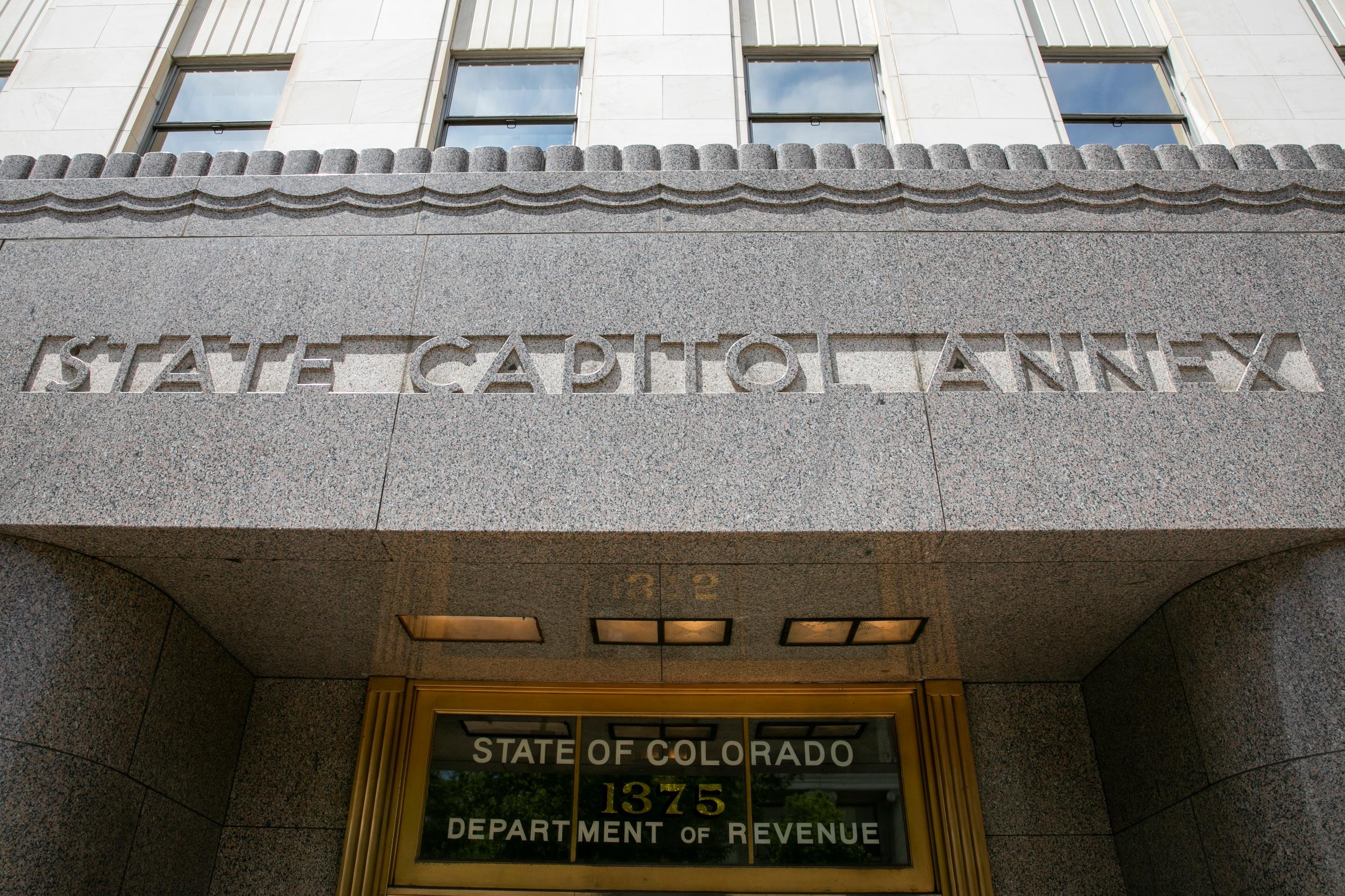
Proposition GG would change how future ballot initiatives are conducted in Colorado. Basically, it requires that voters be shown more information about how proposed tax changes would affect them.
It’s an important change: Colorado voters are often asked to decide on tax changes during elections, and this measure would change the details they’re provided on the ballot and on petitions.
Here’s the language you’ll see on the ballot:
Shall there be a change to the Colorado Revised Statutes requiring that the ballot title and fiscal summary for any ballot initiative that increases or decreases state income tax rates include a table showing the average tax change for tax filers in different income categories?
How would it work?
The measure specifically applies to changes to the state’s income tax. If an income tax change is proposed, the state would create a table on the ballot showing how much taxes would increase or decrease for people in different income brackets.
The petitions used to collect signatures from voters would have to include the tables showing the effects of tax measures. Printed ballots would also include the tables.
Who’s for it?
The measure was put on the ballot by Democratic lawmakers. Their goal, in part, is to show how tax cuts deliver greater savings to the wealthiest people. Supporters say it’s only fair that voters are shown information about how proposals would affect the finances of people at various income levels.
For example, if someone is making $50,000 and the income tax decreases by a percentage point, their taxes would decrease by $500. But for someone making $1 million, that same change represents a $10,000 reduction. (Of course, the person making more money also is presumably paying a larger tax bill to begin with.)
Who’s against it?
Critics of the measure say it makes the ballot initiative process more complicated, according to commentary gathered by state analysts. People opposed say similar information is already available in the “Blue Book” that is also sent to voters. The change would also make ballots longer and more expensive to print. Each additional page of the ballot costs an estimated $1.24 million extra statewide.









